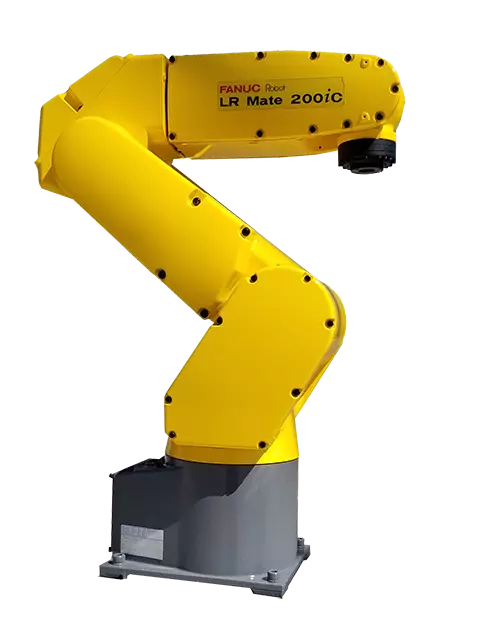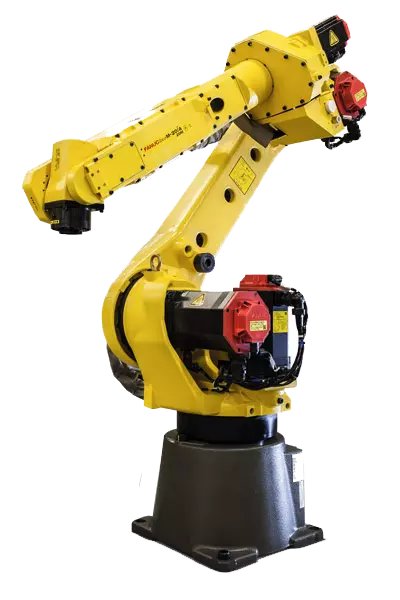Advantages and Disadvantages of Compact Robots





Today’s industrial robots feature a diverse range of payload capacities, reaches, axis configurations, and sizes. The push for more robotic automation has led to more creative industrial robotic manipulator designs in order to automate a wider scope of production related tasks.
Compact robots are one of the newer robotic design concepts and have become one of the biggest trends. Compact articulated robots are able to automate processes that a traditional industrial robot is too big or powerful for. The smaller frame of the FANUC LR Mate 200ic and other compact robots can be quite advantageous and has opened up robotic automation to more manufacturers. Below is a list of the advantages and disadvantages of compact robots.
Advantages
- • Save Space - One of the biggest limitations of traditional industrial industrial robot arms is the amount of space they take up, making it nearly impossible for those with small factories to implement robotic automation. Compact robots are much smaller with shorter reaches and slim frames, requiring less floorspace. The light mass of the Yaskawa Motoman HP3 allows for greater installation flexibility with mounting options for overhead, wall, or tabletop. These mounting options can conserve even more floorspace.
- • Operate in Confined Areas - Most compact factory robots have a reach of 1,000 mm or less along with a small footprint. This allows them to operate within a narrow work envelope which is perfect for confined workspaces. Compact robots are able to avoid interference from surrounding objects or machinery with their size. Those needing to automate an application with a small work envelope should consider the ABB 140 or another compact robot.
- • Lower Cost - Upfront costs for compact industrial robotic arms tend to be less than those for larger industrial robots. Since compact robots are smaller fewer components and materials are needed to build them, reducing their cost. Compact robots can be a more cost-effective way to automate.
- • Energy Efficient - Compact robot manipulators are more energy efficient than their larger counterparts. Since compact six axis robots only operate with light payloads less energy is consumed to power them. Some compact robots are even able to operate entirely on battery power.
- • Faster Operation - Compact robotic manipulators are known for their extremely fast operation. The KUKA KR6 R900 is incredibly fast. With a lighter mass and smaller configuration, compact robots are able to accelerate more quickly and are more agile.
Disadvantages
- • Low Payload Capacity - Compact robots tend to have payloads under 20 kg. This limits the workpieces they can handle and tooling they can be integrated with. Should your production process change and require heavier tooling or workpieces, a new robot will be needed. However, if you find yourself in a situation needing to replace your current robot it can always be sold or traded-in, helping offset the cost of a new robot.
- • Reach Limitations - Since compact robots feature a short robot arm their reach will be limited. This will prevent them from being able to automate processes with larger work envelopes or from working with bigger workpieces.
- • Limited Applications - Due to the size, reach, and payload of compact robots they are more limited in the applications they can automate. For instance, spot welding and most palletizing applications involve heavy payloads and therefore are not feasible for compact robots.